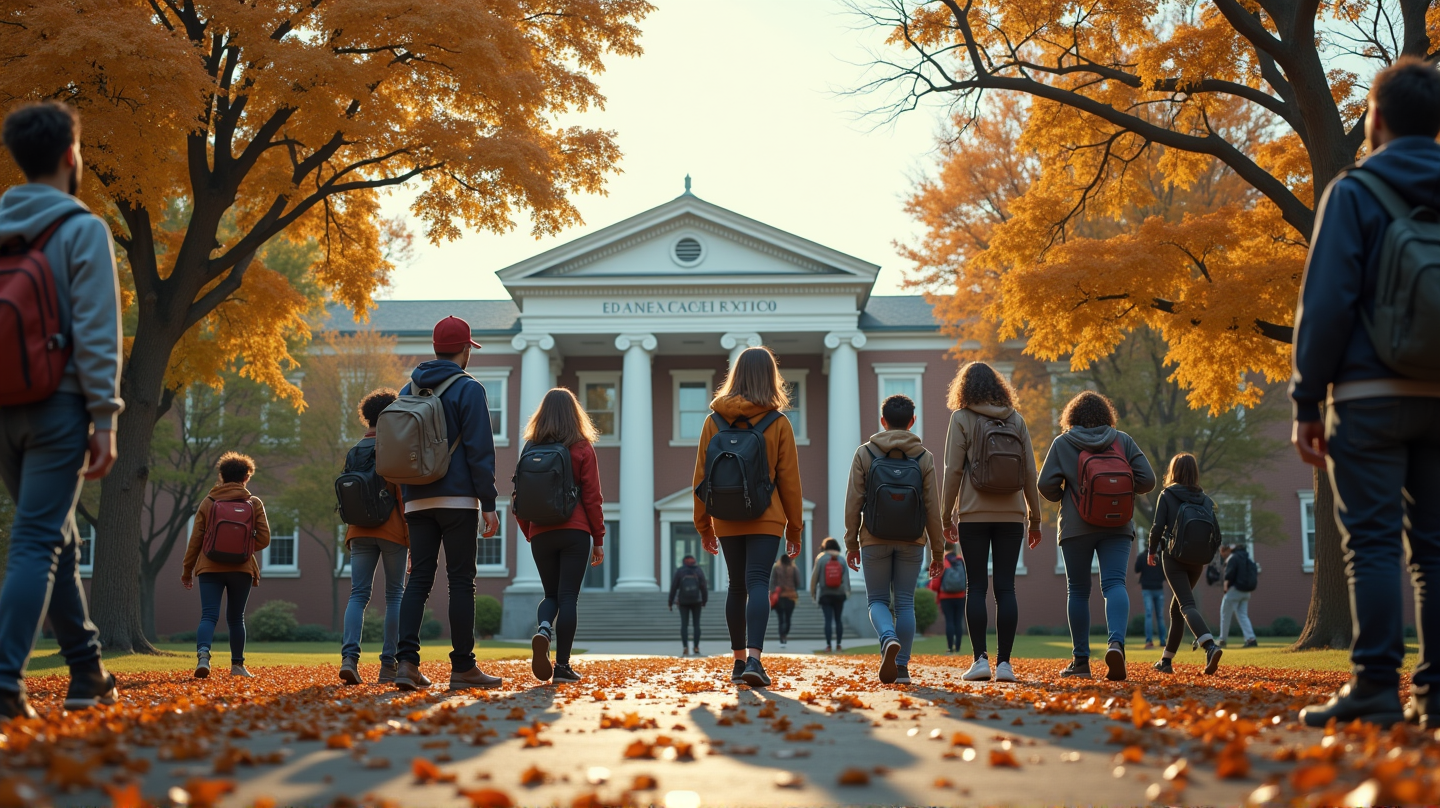The Hidden Costs of Tuition-Free College Programs: Are They Truly Beneficial?
Tuition-free college programs may attract more students but inadvertently increase inequity by crowding out lower-income applicants.

Are tuition-free college programs the great equalizer they claim to be, or are they a double-edged sword that may enhance inequity? Although they seemingly remove a significant financial burden, their unexpected effects on student demographics could lead to an unintentional backfire.
The Surge of Applications: A Boon or a Bane?
In 2018, New York University’s Grossman School of Medicine made waves by offering full-tuition scholarships to all students, sparking a notable rise in applications. However, this resulted in a sharp drop in the number of financially disadvantaged students from 12% to just 3% over two years.
“Tuition-free schools can actually increase inequity,” warned Jamie Beaton, co-founder of Crimson Education. According to NBC10 Philadelphia, the influx of applications intensifies admission competition, possibly prioritizing students who have access to more advanced preparatory resources.
Middle-Class Triumph: Overcoming the Trickle-Down Effect
While initiatives like those at Harvard University aim to be inclusive, there is a possibility that families near the $200,000 income threshold will edge out lower-income contenders. Christopher Rim of Command Education voiced that while these programs are well-intentioned, they might inadvertently favor middle-income brackets at the expense of those from socio-economically challenged backgrounds.
Bridging the Gap: Solutions Beyond Tuition-Free Models
As schools strive to make education affordable, experts propose alternative measures. James Lewis, co-founder of National Society of High School Scholars, suggests exploring additional scholarship opportunities and tapping into work-study programs to manage expenses better.
Despite tuition-free programs’ appeal, Robert Franek from The Princeton Review highlighted that with over 95% of U.S. colleges being tuition-driven, such comprehensive financial aid remains unfeasible for most.
Reevaluating Success: An Ironic Undertone
What was intended to democratize education may need rethinking to ensure that it doesn’t perpetuate inequity. To genuinely uplift underprivileged students, universities might need to adopt a broader range of innovative, inclusive measures targeting holistic support rather than exclusively financial stimuli.
Join the conversation about how educational institutions can better integrate lower-income students while maintaining financial stability. How can we refine these programs to both enhance accessibility and promote diversity in higher education?





